What is a parking garage light
A parking garage light is a pendant or surface mounted light fixture that provides ambient lighting to facilitate the safe movement of both vehicular and pedestrian traffic in a parking structure or parking bay. A parking garage is an above-ground or underground facility that consists of one or more platforms with internal sloped floors or external ramps providing vertical vehicle circulation. The above ground facility, which is at least partially enclosed, often requires supplemental daytime illuminance, whereas underground garages require full day and night lighting.
Parking facility lighting faces the challenge from the mixed traffic within a confined garage space where visual obstacles or distractions such as structural columns, pipe boards, guard rails, pavement markings, shadows between vehicles and structures, and changes in surface elevation are often present. Parking facility lighting also needs to survive demanding environmental conditions. In addition to the corrosiveness associated with high levels of exhaust fumes and humidity, above-ground parking garages expose light fixtures to an outdoor environment as these facilities are partially open to provide natural ventilation.
Visibility requirements in parking garages
Parking garage lights must provide adequate illuminance to ensure the luminance contrast (visibility). The luminance contrast should enable timely detection of moving vehicles, pedestrians and any obstacles that may present a potential safety hazard. An important consideration in parking facility lighting design is the perception-reaction and vehicle stopping distances at which a stationary object can be detected to avoid impact. Typically, the level of visibility created by parking garage lighting is required to support a total distance of 8 to 13 meters for moving vehicles and 2 to 3 meters for a pedestrian.
In order for the detection to occur a maximum-to-minimum illuminance ratio of 10:1 or less should be controlled. This ratio applies to the illuminance distribution on both the horizontal and vertical surfaces. Vertical illuminance is an important part of parking garage lighting as it allows visibility of vertical objects such as pedestrians, other vehicles, various barriers and obstructions. The minimum horizontal illuminance recommended by IES is 10 lux and the minimum vertical illuminance which is measured at a point 1.5 meters above the floor is 2 lux.
Low bay lighting
Depending on the photometric performance requirements, clearance requirements, environmental requirements, or physical requirements to thwart vandalism, parking garage lighting can be served by vapor tight (tri-proof) lights, canopy lights, shop lights, linear strip lights, or other types of light fixtures. These fixtures fall into the category of low bay lights which are designed for mounting at a height less than 20 feet (6.1 meters) above the floor. Because of the low ceiling mounting height limitations, glare control must be included in the fixture design considerations.
Glare is mitigated by limiting high angle light with optical shields or softening the harshness of LEDs using luminous diffusing lenses. Shielded luminaires, when compared with diffuser-shield luminaires, have a higher optical efficiency (the ratio of the light emitted by a luminaire to the light emitted by its source). However, their spacing is closely related to mounting height and the individual light patterns must be overlapped in order to achieve a consistent light distribution. Diffuser-shield luminaires have a lower optical efficiency because of the diffusion loss, but these types of fixtures allow wider spacing and provide the best combination of horizontal and vertical illuminance.
Parking garage lights can also be classified relative to the way they emit light. While most of these fixtures are direct systems that emit almost all of the light downward, there’re suspended semi-direct, semi-indirect or general diffuse lighting systems that direct a portion of light toward the ceiling. These systems can provide good visibility by through a combination of proper ceiling reflectance and downward ambient illuminance. Whatever the type of fixtures is used, the fixture spacing should be established on the uniformity specification. Light distribution with a poor uniformity can cause eye adaption problems, which may lead to visual fatigue and even safety hazards.
Legacy lighting technologies
Historically, the types of light sources used in parking garages include fluorescent, induction, metal halide, high pressure sodium and low pressure sodium lamps. While there’re specific deficiencies and limitations related to each of these light sources, they share some common disadvantages that drove the lighting industry to identify new lighting technologies. These disadvantages include low source and fixture efficiencies, poor compatibility with lighting controls, and high maintenance and relamping frequencies.
Fluorescent lamps had been the most common choice of light sources for parking garage lighting applications, however these light sources do not operate to their efficiency specification in cold and hot temperature. At below-freezing ambient temperatures, fluorescent lamps do not function at all unless cold weather ballasts are used. As code requirements increase with respect to allowed lighting power density (the load of any lighting equipment in any defined area), the inclusion of lighting controls is usually the most viable ways for a lighting project to exceed mandatory energy-efficiency performance requirements. However, traditional light sources exhibit an accelerated failure mechanism under frequent switching stresses and HID lamps typically require an extended warm-up period to come up to full output. This is one of the major technological deficiencies that drove these light sources out of the market.
LED technology brings enormous performance advantages
LED technology has become a ubiquitous part of the lighting world, parking garage lighting is no exception. Parking garage lighting is an application that imposes the highest requirement on the luminaire’s energy efficiency performance. LED lighting provides the ability and opportunity to deliver significant energy savings through holistic improvement in light source efficiency, optical delivery efficiency, spectral efficiency, and intensity effectiveness while improving the visual performance of lighting.
- The directionality of LEDs enables high efficiency optical design. LEDs also afford the use of package-level optics, which allow light distribution to be precisely controlled with minimal optical loss. Very high uniformity of lighting can be achieved with LED lighting which provides the flexibility to design the light emitting surface (LES) according to the light distribution requirement.
- Uniform light distribution not only reduces the needs for eye adaptation but also maximizes fixture spacing. Reduced fixture density translates to savings in both upfront and operating cost.
- LEDs allows optimization of the spectral power distribution (SPD) for the function of the light. Improved color rendering and blue-enriched light contribute to visual acuity, which in turn reduces the threshold value for illuminance (the minimum maintained level illuminance).
- Instantaneous control over a wide range of intensity and high frequency on/off switching capability unlock the massive energy savings potential of lighting controls.
- Reduced maintenance costs from the use of properly engineered LED systems with their extended lifetime is another significant factor that contributes the payback advantage of switching to LED lighting.
- LEDs are cold temperature friendly, which lends them perfectly to above-ground parking environments.
System integration
Oftentimes, first cost dominates the priorities of luminaire design for parking garage lighting applications. An LED garage light therefore can be as simple as a bare-bones fixture which is basically a combination of an LED tube and a lamp holder. Light fixtures that use retrofit LED lamps are referred to as lamp-based LED lights. LED lamps facilitate a rapid conversion from traditional technologies to LED lighting. They are, however, not an effective use of LED technology. The compromise made in thermal management and driver circuit design due to form factor and cost limitations leads to the short lifespan of LED lamps.
The benefits that people expect from LED lighting can only be achieved when a highly engineered platform is provided to protect the LEDs from operational and environmental stresses. The interdependence between LED’s photometric (luminous flux and efficacy), electrical (drive current, forward voltage, power) and thermal (junction temperature) characteristics calls for a holistic approach to system design and engineering. An integrated design which utilizes the fixture housing as the LED heat sink is necessary to maintain critical junction temperatures at all times and in all operating conditions. It’s critically important for the driver circuit to have a lifespan as well as the electrical characteristics of its output matched with those of the LEDs. In hostile corrosion- and emission prone environments LED garage lights should be gasketed to seal out moisture, dust, and other contaminants.
Design and construction
An integrated LED luminaire has an assembly of LEDs on a metal core printed circuit board (MCPCB) that is seamlessly interfaced with the flat surface of the heat sink to form a highly efficient thermal path. The heat sink of a high-lumen-output LED system is usually constructed from die cast or extruded aluminum and serves double duty as the luminaire housing to facilitate convective thermal transfer.
Optical control is achieved using reflectors, diffusers, prismatic lenses, or package-level TIR lenses. There’re also edge-lit LED garage lights which use acrylic or polycarbonate light guide panels to extract and distribute light from edge-mount LEDs. LED garage lights use mid-power LEDs which have cost and efficacy advantages. However, mid-power LEDs have the most failure mechanisms among all types of LEDs. Aside from the discoloration of the plastic housing due to exposure to high thermal stresses and long term optical radiation, the leadframe plating is prone to sulfur corrosion of vehicular emissions.
The LEDs used in parking garage lights have a color rendering index (CRI) in 70s or 80s, and a color temperature greater than 4000K.
Most LED garage lights operate at less than 100 watts of electrical power. Single-stage type of AC-DC LED drivers are more commonly used in these systems due to their less parts count when compared with two-stage LED drivers. These drivers may be designed with 0-10V dimming capabilities and offer compatibility with occupancy and daylighting sensors.

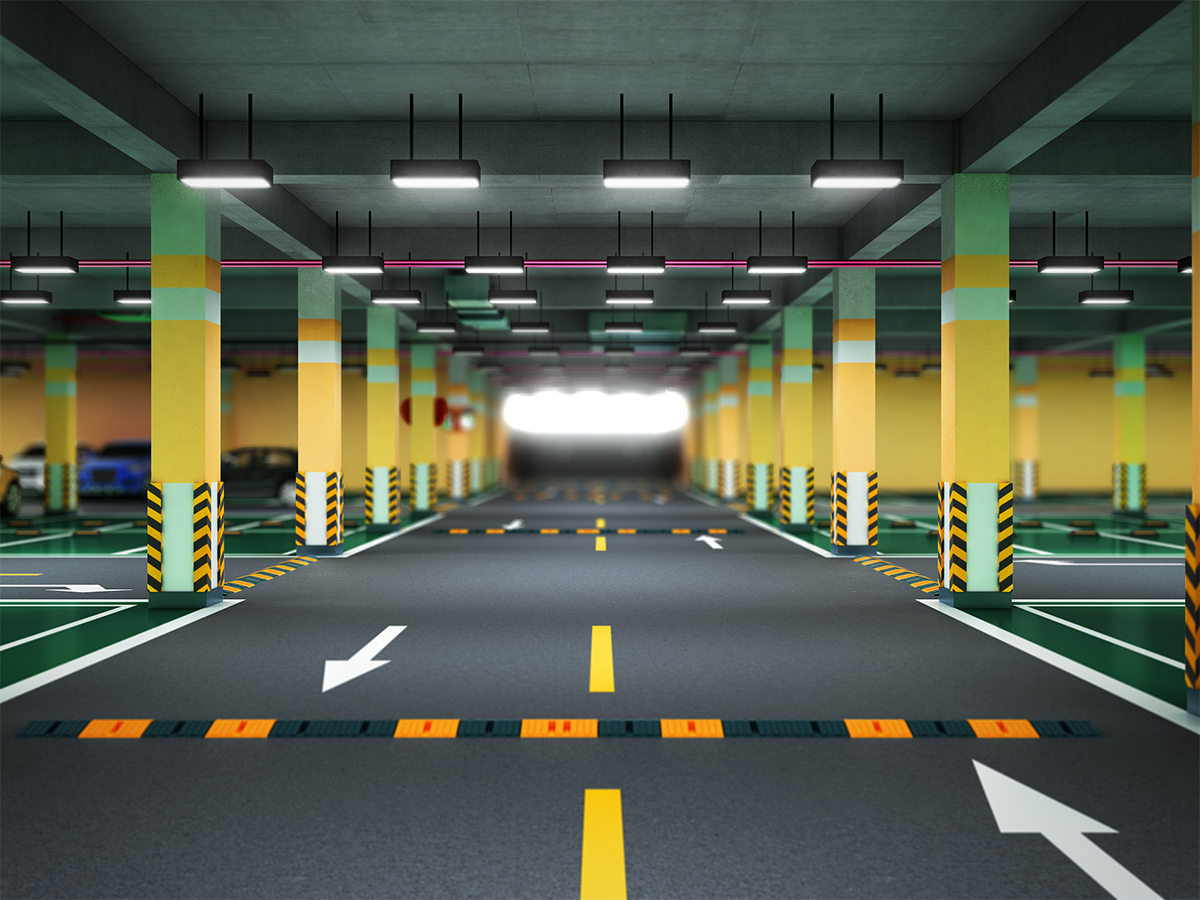
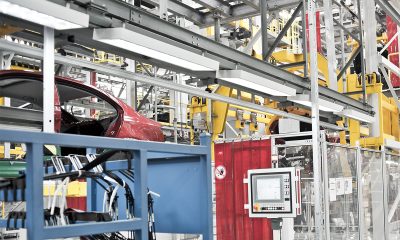

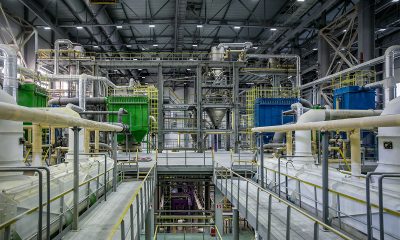

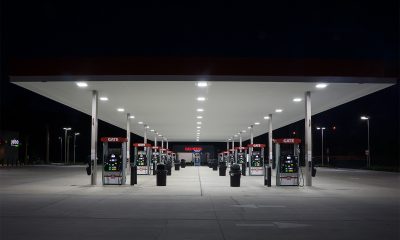
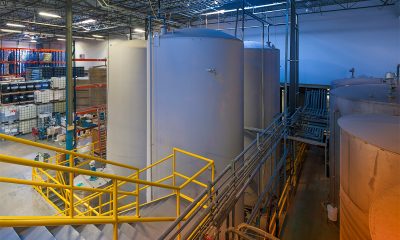








Loading...